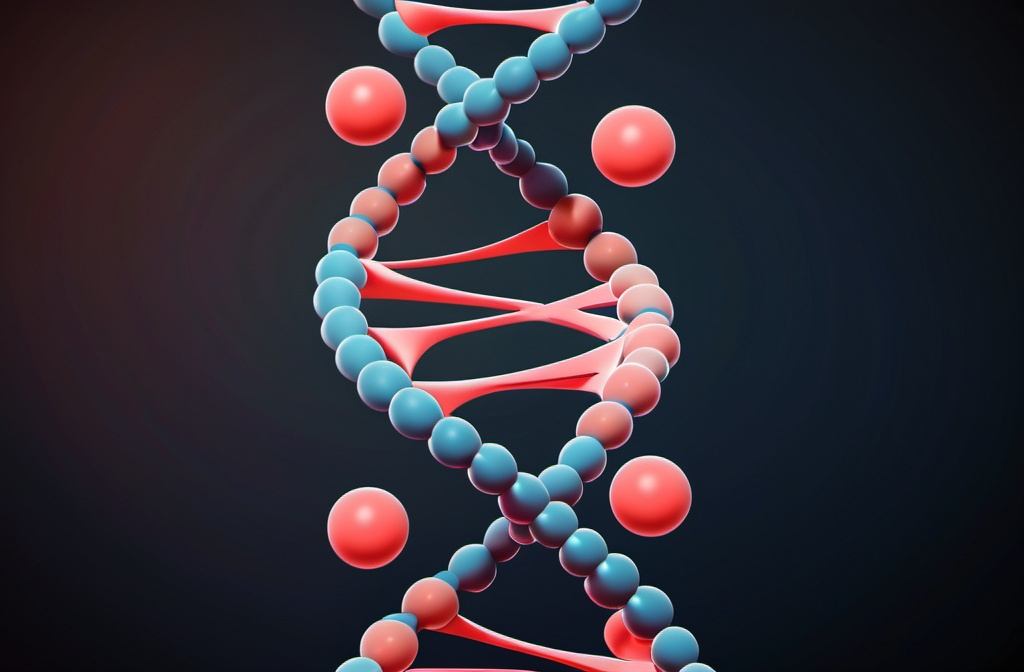Industrial Digitization Is Advancing Quickly—and Local Plants Need Tools That Bridge the Gap Between Production Plans and Shop Floor Reality
The Manufacturing Execution System (MES) is the key component that closes this gap, enabling Industry 4.0 with real-time data, traceability, and decision-making based on performance indicators. Below, we break down its functionalities, benefits, and adoption keys, with a focus on the Argentine context.
What Is an MES and How Does It Work?
An MES is a software platform that captures and orchestrates everything that happens between the release of the work order and the finished product. It sits between the ERP and plant systems (SCADA, PLC), integrating data from machines, operators, and materials to synchronize production execution minute by minute.
In practice, the MES:
- Receives production orders from the ERP.
- Breaks down operations and assigns resources (equipment, labor, materials).
- Monitors each workstation in real time.
- Records quality, consumption, downtime, and performance (OEE).
- Returns KPIs and alerts to act before waste appears.
Core MES Functions in Industry
At the heart of the MES are three functional blocks working in an integrated manner.
Real-time Process Monitoring
It connects sensors, PLCs, and workstations to display online status, pace, and cycle times. This enables immediate action on micro-stoppages or bottlenecks.
Quality Management and Traceability
Each batch is linked to process parameters, raw materials, and inspection results. In case of deviations, the traceable batch can be isolated within minutes and documented for ISO 9001, BRC, or SENASA audits.
Production Order and Resource Control
The MES sequences orders, reserves machines, releases materials, and guides operators with digital instructions—avoiding rework and paper-based chaos.
Benefits of MES Software in Manufacturing
Adopting MES is not just “adding screens”; it directly impacts the bottom line.
Reduced Downtime and Errors
By detecting unplanned stoppages in seconds and documenting root causes, scrap and rework are significantly reduced. Studies report annual savings of up to US$2 million in medium-sized plants.
Improved Operational Efficiency
Companies integrating MES increase their OEE by 5% to 20% thanks to dynamic scheduling and data-driven preventive maintenance.
Data-Driven Decision-Making
Dashboards and automatic reports turn thousands of signals into actionable KPIs (performance, quality, delivery). Management can respond hour by hour—not just at month-end.
How MES Integrates with Other Systems (ERP, SCADA, PLM)
A successful project doesn’t replace existing platforms—it connects them.
Plant-Wide Data Synchronization
MES receives the master plan from the ERP, feeds SCADA with recipe parameters, and returns actual consumption and cycle times to fine-tune planning.
Automated Information Flow
When an operator releases a batch, MES triggers labels, quality certificates, and updates inventory in the WMS/ERP without manual intervention, speeding up financial closing.
MES Implementation Examples in Argentine Industries
Although each sector has its nuances, three verticals clearly demonstrate the path to adoption.
Automotive Industry
Assembly plants in Pacheco and Córdoba are digitizing their welding and assembly lines with MES to unify data from multiple robots, ensure part traceability, and comply with IATF 16949 standards. Benefits include global plant visibility and maintenance cost savings.
Food and Beverage
Dairy and snack producers implement MES suites (e.g., FactoryTalk) to comply with HACCP, log batches, and monitor OEE in pasteurizers, fillers, and packagers—reducing waste and recalls.
Electronics Assembly
In Tierra del Fuego, TV and smartphone manufacturers manage thousands of SMT boards per shift. An MES consolidates AOI quality data, component usage, and line balancing to sustain >85% integration rates.
Considerations for MES Implementation
Introducing MES requires alignment between technology, processes, and people.
Cost and Return on Investment (ROI)
A typical project pays for itself within 12–24 months through reduced scrap, overtime, and downtime. Key: quantify potential savings before selecting a provider.
Staff Training
Operators, supervisors, and IT staff must be trained in terminal use, data handling, and alert management to prevent the system from going “dark” after go-live.
Software Scalability and Customization
Choose modular solutions (OEE, traceability, maintenance) that can scale to multiple plants and connect with legacy equipment via RS-485 or OPC UA protocols.
Conclusion
The MES is the practical enabler of Industry 4.0: it transforms production into a continuous, reliable data flow—ready to optimize through analytics, simulation, and heuristic algorithms. Integrating it into Argentine plants today makes manufacturing more competitive, resilient, and ready to meet the global market’s demands for cost-efficiency, quality, and flexibility.



